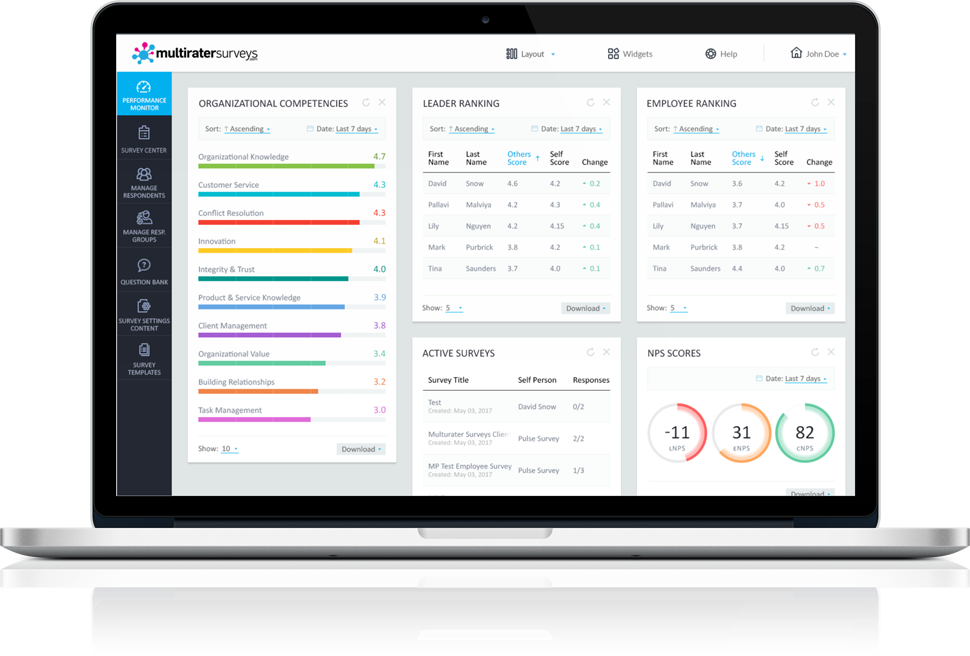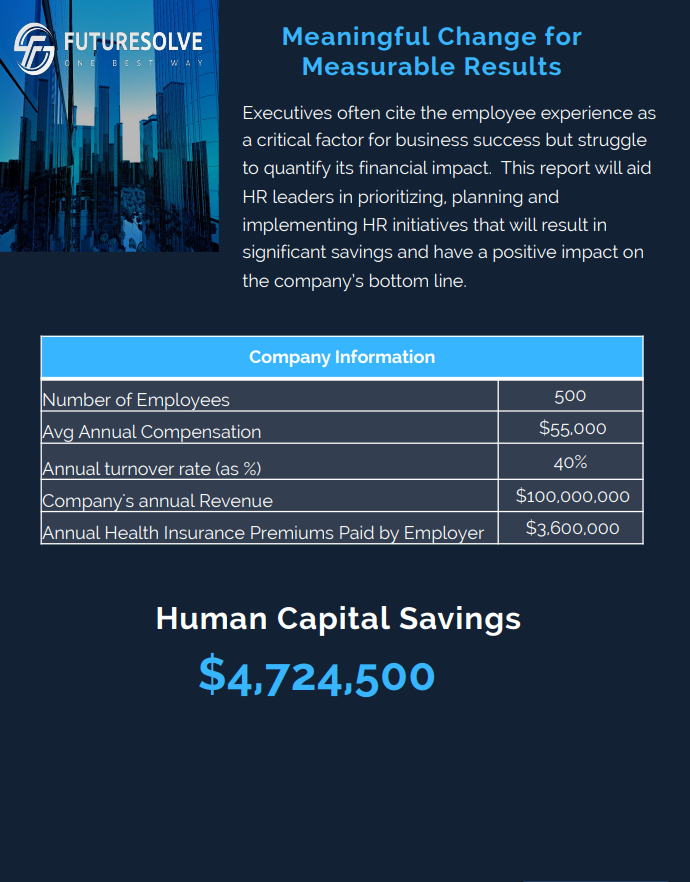Watch out for these HCM Technology trends in 2021
Let us first talk about some trends in the workplace that have emerged post the pandemic and see how these are impacting HCM technology
1. Hybrid workplace model
We are seeing the emergence of the ‘Hybrid workplace’ model with employers and employees experiencing benefits from the blended ‘work from anywhere’ option. As physical offices have started to open, many companies have announced a permanent work from home option as well. Organizations are transforming their practices, processes and policies towards employees as the focus has now shifted from the employer to the employee. This new model is challenging HCM players to adapt, develop and accelerate to what I call as ‘Exponential HCM technology’ that asks them ‘how nimble they are’? how adaptable they are? and how flexible they are?
2. Re-skilling and Learning in the flow of work
We have seen companies accelerating their digital transformation process in the pandemic. In the bargain many tasks that do not require human intervention have been automated. Likewise, job roles have changed given the new operating circumstances. A study by Edelman found that 49% of employees now believe automation and re-skilling are their biggest threats at work. Enterprises have seen a huge uptake in consumption of ‘learning platforms’ during the pandemic. The challenges of ‘learning and re-skilling’ will have a huge impact on HCM platforms as the new mantra is ‘learning in the flow of work’
3. Diversity, Equity and Inclusion (DEI)
DEI is now being discussed at the board-level, as laws in many countries now mandate disclosures in this area. Diversity hiring, reporting, tracking, and tools that identify non-diverse talent practices are now mainstream. There have been several start-ups in the past 12 months that have solutions in the DEI space. This is another reason for ‘Exponential HCM technology’ as traditionally HCM platforms were not designed to meet DEI standards of various countries
4. Alternative workforce comprising of Gig and contingent workers becoming mainstream
As per some research reports, over 40% of the U.S. workforce is employed in an alternative arrangement. And over 66% of millennials practice side-hustles or Gigs. We are moving into an era where an employee could have multiple employers. HCM platforms are not designed to manage the alternative and Gig workforce. They will have to develop new capabilities to manage this changing trend in the workforce
5. Employee engagement and well-being taking center stage
The ‘work from anywhere’ model has brought with it challenges for organizations who need to transform the way they engage with employees and look out for their well-being. Employee engagement and well-being tools, recognition, and other platforms to help employers regularly monitor the health, safety and happiness of their workforce have taken center stage.
Given these trends in the workplace, there is tremendous pressure on HCM platforms to re-look at their roadmap, fast track relevant new capabilities and make things happen. This has set the pace for ‘HCM Technology trends in 2021’.
HCM Technology Trends 2021
1. For HCM platforms their core business of HRMS and Payroll is complex enough, therefore, we are likely to see many more acquisitions of disruptive talent & employee experience applications in recruiting, learning, performance management, engagement, well-being and so on.
We saw the mega acquisition of Qualtrics by SAP in 2019 and many more in 2020. Some of the acquisitions in the US included, Paylocity and Samepage – an all-in-one team collaboration solution, Justworks and Boomr – a leading cloud-based Time and Attendance solution, Paycor and 7Geese – a leader in goal setting and performance management.
We will see many more acquisitions and white labelled deals in 2021. We can expect significant venture funding in HCM platforms given the need to rapidly expand their offerings for a hybrid workplace with the related workplace issues we discussed earlier.
2. HCM platforms will need an open architecture to integrate the ecosystem of innovative apps in HRTech and WorkTech being used by their customers.
Firstly, we spoke about several ‘best of breed’ niche players in Talent acquisition, Engagement, Performance management, Learning, Rewards, and so on. Customers will continue to buy best of breed given that they offer considerable depth as against the HCM platforms that may have a width of offerings but limited depth. Enterprise customers are looking for specialist platforms to address specific pain points, so this investment trend will continue.
Secondly, the emerging trend of integrating HRTech into WorkTech is something we need to watch out for. WorkTech is a combination of three main spaces: HRTech (Tech for managing & empowering employees.), Collaboration (Tech for operating the workplace eg: Teams, Zoom, Slack, Storage solutions etc), and Productivity (Tech needed to perform tasks and measure productivity eg: Salesforce, other CRM tools, Trello).
Thirdly, the emergence of WorkTech has also brought the big players into the scheme of things. Most of the other enterprise software companies have now started building systems for HR, because the line between HR software and workforce productivity software is getting thinner. We have examples of Microsoft (Linkedin, Glint), Facebook (Workplace by Facebook), Salesforce (Trailhead learning platform).
These trends are forcing HCM suites to take an ecosystem approach that necessitates an open architecture that is easily integrated. As per Josh Bersin, “HR has to be a feature of the work, not a destination outside of the work,”
3. HCM platforms will need to provide a data analytics layer to present a consolidated dashboard for decision making across these multiple HRTech solutions.
“Well, Data is the new Fuel”. Having said that, it comes with its own set of challenges. And therefore, Data analytics and Insights could be the next frontier.
In my conversation with several CHROs, one of the main points that emerged was,
- Enterprises are using so many niche HR Tech solutions (10 or more) apart from having an HCM. Each of these have a dashboard and it is getting challenging not to have a consolidated view and able to draw insights corelating data between these systems.
- Can an HCM integrate with these niche players and present their data in a meaningful manner with actionable insights in ‘Simple English’ or the local language
- The challenge sometimes is of data overload and the inability of executives to analyse, draw insights, predict trends and develop action plans
Are HCM platforms up to the challenge?
I was speaking with Activ 8, a Data Analytics and Insights platform out of the UK, and they echoed this same sentiment. Seeing an opportunity, they have started this play of drawing data from various systems using the HCM as the basic platform to get all this data in. Their engine in turn delivers the relevant insights, trends, and action planning to make it impactful and meaningful for the enterprise leadership.
Having this data analytics engine (either built in) or integrated with a best of breed 3rd party is a clear HCM trend emerging and of great relevance.
4. All progressive HCM platforms will have to be ‘mobile first’ to improve user experience, become a platform in the ‘flow of work’ and drive adoption at the organization level
- Millennials are a mobile only generation using several other apps. Thy will want a similar experience from business apps as well.
- In international markets where laptops are expensive, and the mobile is ubiquitous, it will have to be a mobile first approach
- From a technology standpoint, we also have to recognize that employees want “mobile first” solutions. (the workforce spends 3.6 hours per day on the mobile according to Bond Internet Trends). The traditional HR software model, in which companies first built web-based systems and then added a mobile app, is going away. Most startups in HCM will clearly take this approach. In fact, some may take a ‘mobile only’ model.
- Voice is the next big disruption for users of applications. Today more than 40 million households have Alexa or Google listening devices, and there are more than 100,000 Alexa “skills”. We should assume that HR tools will be accessed by voice on our phone and not on our laptops
5. HCM players will need to provide actionable intelligence by using AI to leverage ‘aggregated data’ from their massive user base to provide industry metrics and useful insights to their clients.
- Enterprises are looking for industry standards all the time. Looking outside of HR, everyone wants to know at an industry level retention rates, churn rates, consumption rates and so on. Likewise, in HR we would be interested to know for our industry- salary benchmarks, attrition rates, employee cost for specific roles and so on.
- Therefore, the ability of HCM to use aggregated data and deliver on these metrics becomes important
- ADP introduced enhancements to its DataCloud platform to help employers address some of the more complex issues they face. Customers now have the ability to benchmark their organization’s data against broader information that’s gathered anonymously from some 740,000 companies.
This will be the norm and not the exception as HCM platforms continue to evolve from the operational and experiential into decision making solutions.
Finally, we want to talk about the opportunities for HCM players in the SMB space.
- The SMB market offers a significant opportunity worldwide. Global players will struggle to address this market given the extent of localization and support required for their products
- There will be a mushrooming of local players to address this growing opportunity with plenty of VC investment available to leverage this market
- The advantage that SMB players also have is a limited threat from niche HRTech tools given that SMBs may not be looking for great depth in niche areas and are likely to be satisfied with generic capabilities being provided by the HCM
So, watch out for plenty of HCM action in the SMB space in 2021.





























